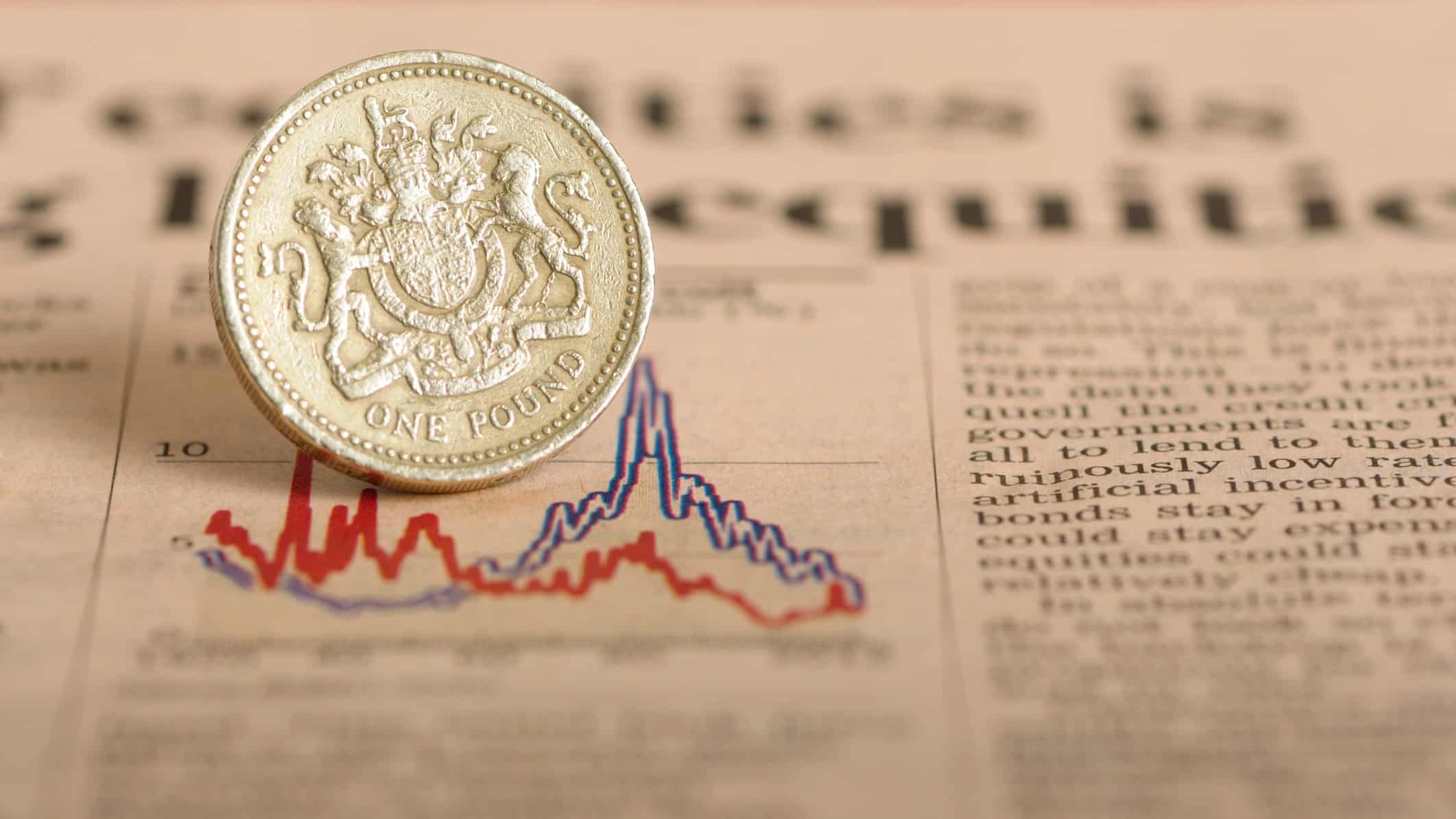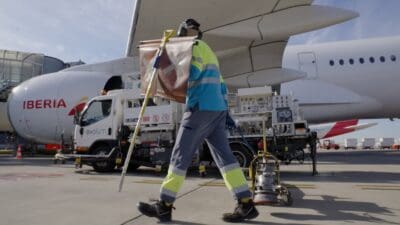Once again, the Royal Mail (LSE: RMG) share price is on the floor. Near 275p, it’s down just over 40% from its level a year ago.
But there may be an opportunity for someone like me who might want to enter now. After all, a fallen share price can sometimes lead to better value. Although that’s not always the case. It’s possible for operational progress in a business to stall. And a lower share price could be justified.
Should you invest £1,000 in NatWest Group right now?
When investing expert Mark Rogers has a stock tip, it can pay to listen. After all, the flagship Motley Fool Share Advisor newsletter he has run for nearly a decade has provided thousands of paying members with top stock recommendations from the UK and US markets. And right now, Mark thinks there are 6 standout stocks that investors should consider buying. Want to see if NatWest Group made the list?
Cheap on some measures
However, the postal and delivery service provider looks cheap on some measures. City analysts expect a plunge in earnings in the current trading year to March 2023. But they anticipate a partial recovery the year after that. And set against those expectations, the forward-looking earnings multiple is an undemanding 7.5 or so.
But one of the most attractive features of Royal Mail is its anticipated dividend yield of around 7.6%. The company has a patchy multi-year record on earnings and dividends. But cash flow has been consistent. And forward-looking estimates for earnings and dividends are robust.
However, the debt level is quite high. And the business generates a low operating margin. I also don’t care for its long history of industrial relations problems that appear to be ongoing. Royal Mail enjoys some trading advantage from its vast network coverage. But there’s no denying the cutthroat nature of competition in the parcel-post sector.
An international business
The company has declared an ambition to build a more balanced and diverse parcels-led international business. And right now, the company consists of two main divisions set up as companies.
First there’s the UK-based operation called Royal Mail. It includes both the Royal Mail and Parcelforce brands. And it’s the UK’s sole designated Universal Service Provider. And it offers a one-price-goes-anywhere service for letters and parcels.
Then there’s the international operation called General Logistics Systems (GLS). And that has “a growing international footprint” and operates in around 40 countries. It’s mainly in Europe but there’s also a “growing presence” in North America.
In the trading year to March 2022, around 57% of overall operating profit came from the growing GLS division. And the company updated the market about first-quarter trading on 20 July. The directors said the financial benefit from parcel growth during the pandemic is now “dissipating”. And the difference in performance between the two divisions “is re-emerging”. In summary, the top managers said: “GLS continues to make positive progress, but results at Royal Mail have worsened significantly.”
The directors could split the business
There’s more than a hint of frustration in the statement about industrial relations. And the directors said they’ll consider “all options to protect the value and prospects of the Group, including separation of the two companies.”
My guess is that move is almost nailed-on. The directors have already announced the imminent renaming of the holding company. It will now be International Distribution Services instead of Royal Mail “to reflect the group’s structure as two separate companies.”
The directors said they intend to create “clearer financial separation with no cross subsidy”.
My strategy is to wait until the Royal Mail division has been given the heave-ho, if it happens. Then I’ll consider the possibility of investing in the remaining GLS business once it’s been freed up.








